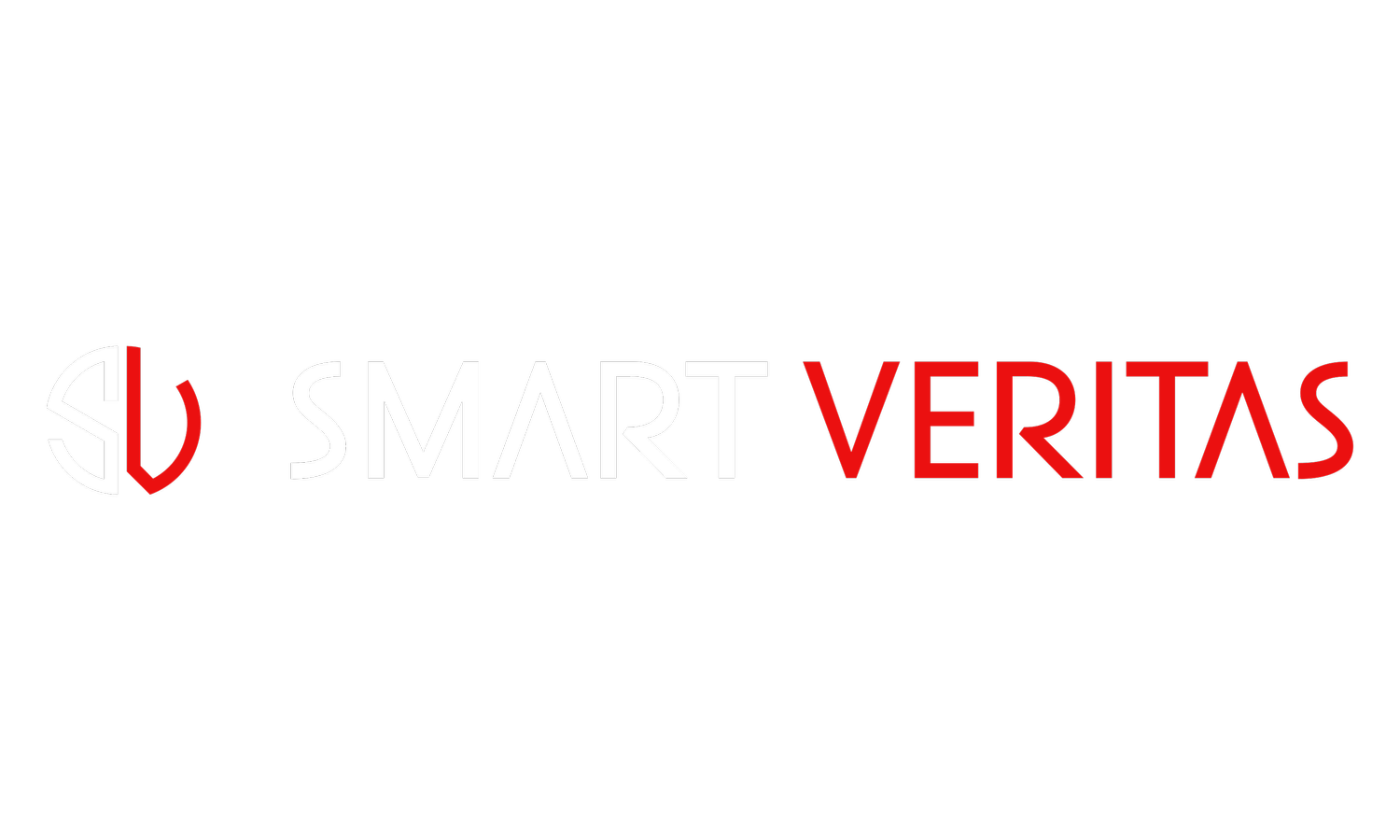Pipe Rack Inspection
Pipe rack inspections are essential for identifying corrosion at contact points and pipe supports, which are among the leading causes of process piping failures that can lead to catastrophic consequences.
Lifting pipelines for routine inspection and maintenance is one of the more hazardous tasks performed in operating plants. As plants age, factors such as corrosion, corrosion under insulation (CUI), and general wear and tear can compromise the integrity of pipes and supports. Addressing these issues requires careful management and pipe movement to mitigate safety hazards.
The key advantage of using the Pipe Rack Jack® is that it provides a relatively easy and safe solution, which can be operated by a small team of just two people using minimal scaffolding. The process involves mounting the jack at the bottom of the beam or using extra mounting brackets for square-section beams that support the pipe, then pushing the pipe upwards to allow access to the underside of the support or pipe.
Before fitting the jack, a thorough visual and thickness inspection is conducted, which includes examining both the beam and the pipe to be lifted.
We utilise the Pipe Rack Jack® to elevate the pipes, granting access to the underside of the pipe and/or support for inspection purposes.
This process includes:
Visual Inspection (VT)
Our certified inspectors thoroughly examine the entire pipeline around the support, focusing particularly on areas where corrosion is most likely to occur.
Ultrasonic Thickness Measurements (UTM)
Our qualified non-destructive testing (NDT) technicians perform measurements of the wall thickness around the support, documenting any wall loss that may be present.
We can perform extra inspection, Magnetic Particle Inspection (MT) or Dye Penetrant Inspection (PT) to the pipes and supports.
Upon completion of the inspection, a detailed report will be issued, complete with photographs and annotations highlighting the relevant areas on an isometric drawing.
Advantages
Relatively easy and safe.
cost effective.
No crane is required below 16” pipes.
Large or small pipes can be examined.
All pipes on the same pipe rack support beam can be inspected on one scaffolding.
Limitations
Scaffolding is required but can be kept to a minimum.
Pipes above 16” will require a crane or heavy lifting gear.
Multi-level pipe racks will require more scaffolding.


